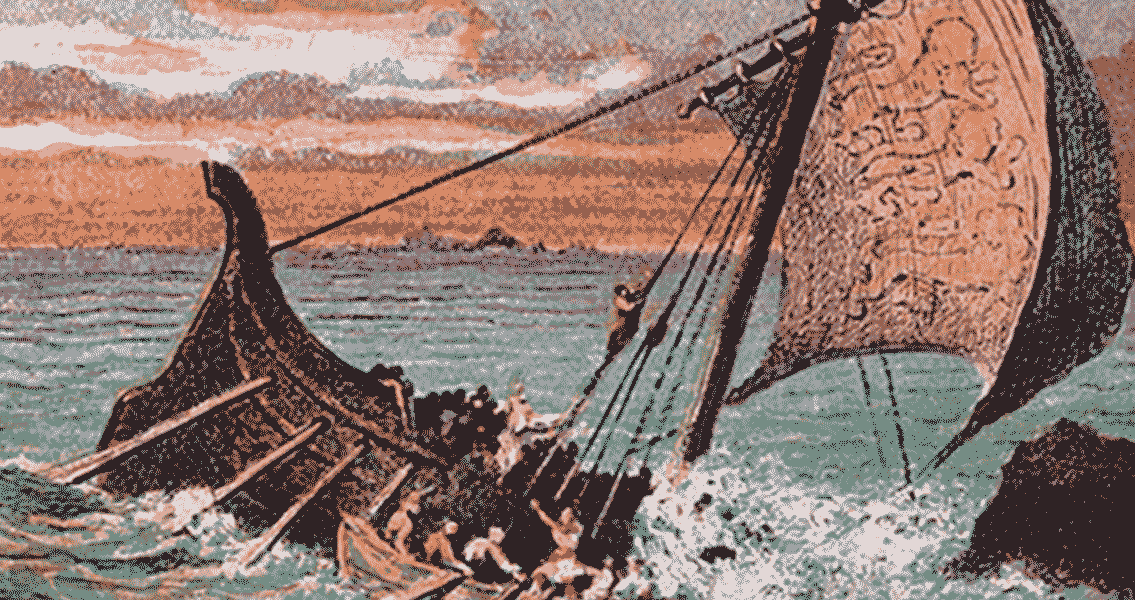<![CDATA[A team led by Kroum Batcharov of the University of Connecticut (UConn), has recently found a Dutch ship in Southern Caribbean waters. This ship is believed to be the "Huis de Kreuningen", which sunk on March 3rd 1677. They made the discovery almost by accident when they were conducting a remote sensing survey in the Scarborough harbour in Tobago. They were studying a battle fought between the French and the Dutch, who controlled Tobago at the time. The research team quickly changed focus when the discovery was made, and focused on the ship. Batcharov is an assistant professor in the Department of Anthropology at UConn, specialising in seventeenth century ships and maritime archaeology. He has also worked on Greek, Phoenician and Ottoman ships, and in the near future will collaborate on projects studying ships from as early as the fourteenth century. He is the only person to have successfully excavated a Black Sea shipwreck. The study conducted this year was initially concerned with the remains of 16 vessels sunk in the battle between the French and the Dutch in Scarborough Harbour. Batcharov's team has a lot of work to do, as they don't have any templates to base their studies on. There are no detailed plans of seventeenth century warships, so the team has to rely solely on the shipwrecks for information. The "Huis de Kreuningen" was the largest ship in the Dutch fleet. The ship was not intact, and the hull was mostly destroyed, but they found a wealth of artefacts, including nine canon, lead bullets, Dutch smoking pipes, Delft and Bellarmine pottery jars, and bricks made in the city of Leiden in 1647. The ship is believed to have been 39.6 meters in length and 9.62 meters in breadth. In the battle of Scarborough, around 2000 people were killed, including 250 Dutch women and children and 300 African slaves. At the end of the battle, the Dutch had lost more possessions and ships than the French, but still claimed victory. One of the most valued possessions that the French lost was the flagship of Vice Admiral Comte D'Estrée, the "Glorieux". Even though the Huis de Kreuningen was large, it was only three quarters the size of the Glorieux. The Huis de Kreuningen was outgunned, and had less crew members aboard than the Glorieux. It is written however, that the Dutch ship put up a fight until the captain either cut her cables so that it would run aground, or set it on fire. The team led by Batcharov is mostly made up of students enrolled in the maritime studies program at UConn, which is the only undergraduate program of its kind in the US. The excavation was green-lit by the Tobago House of Assembly and the Rockley Bay Research Project, which is run by the University of Connecticut and the Institute of Nautical Archaeology of the United States. The project is estimated to go on for three to five years. The artefacts found are the property of Tobago, and will go on display after the excavation is finished. ]]>
17th Century Shipwreck Discovered Near Tobago Coast
